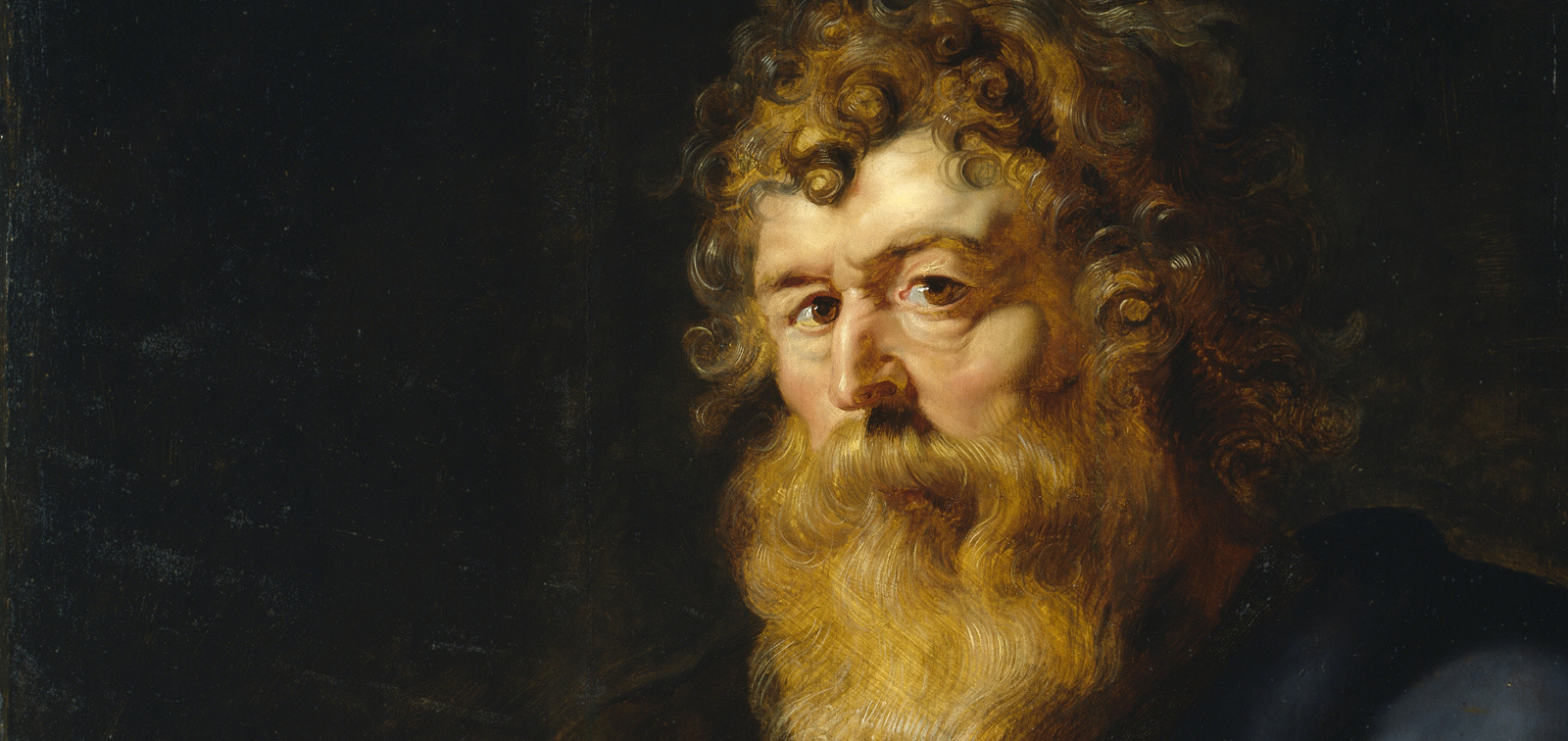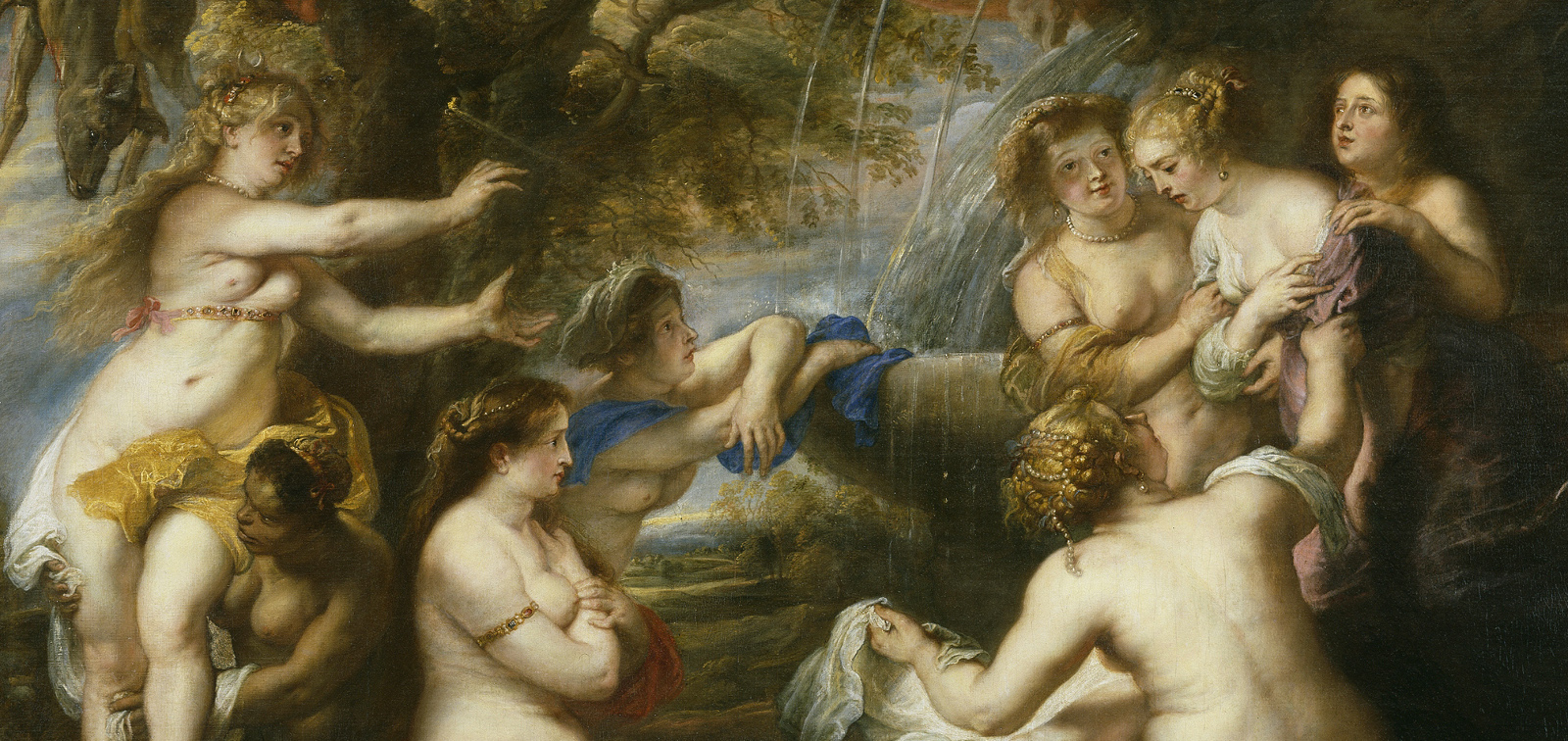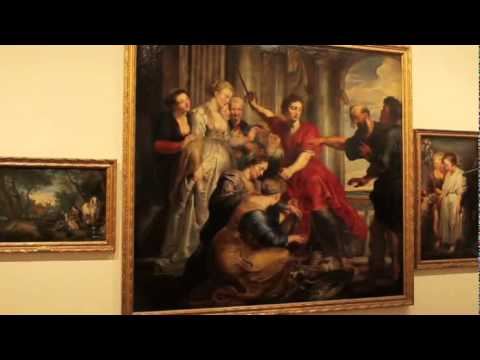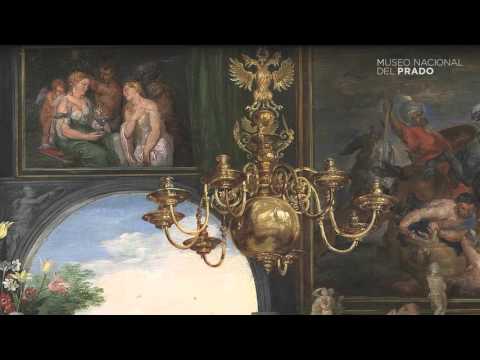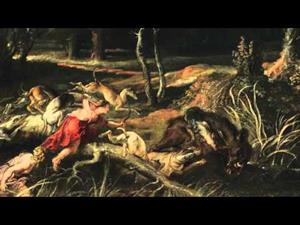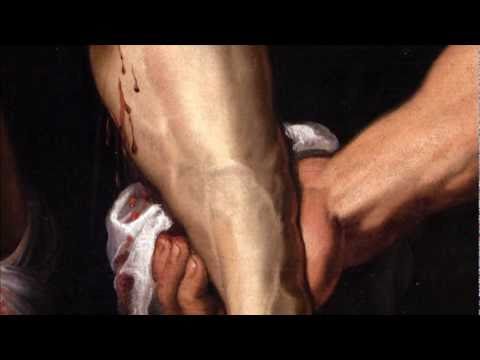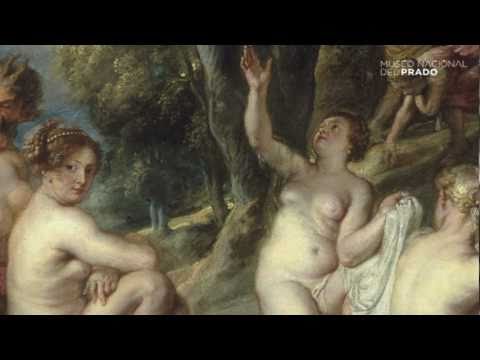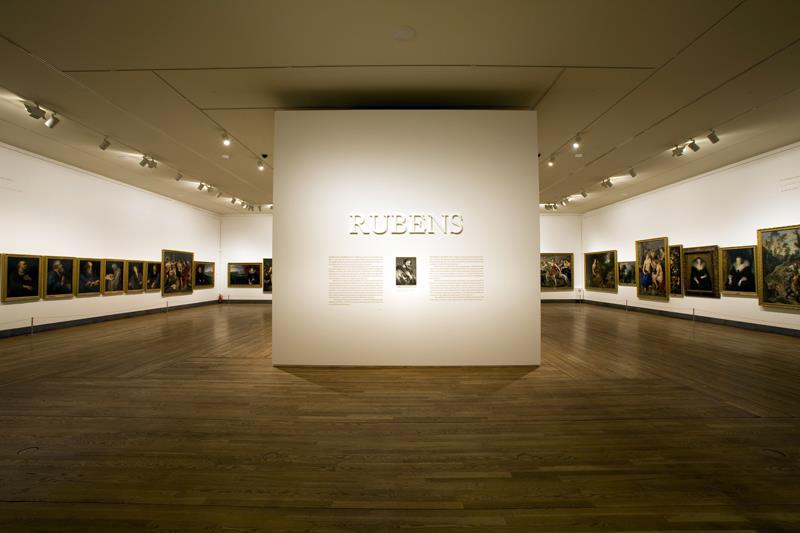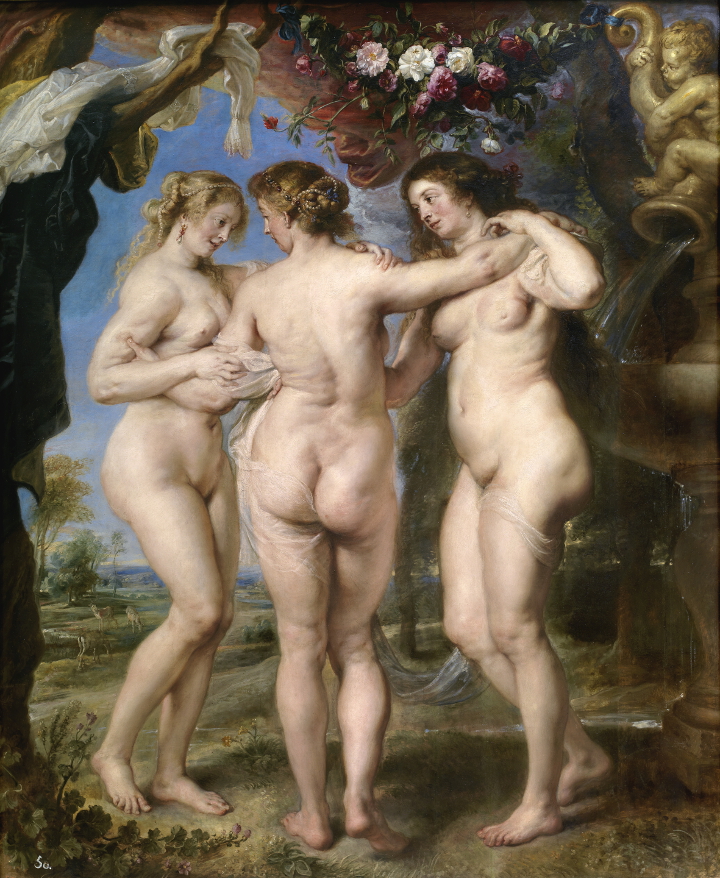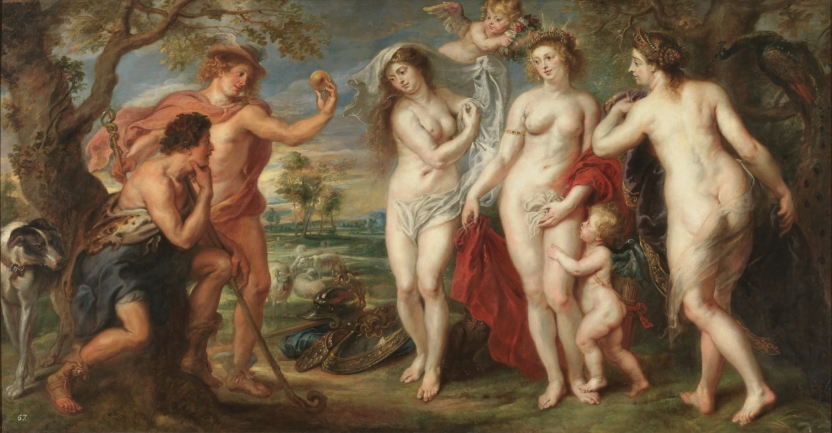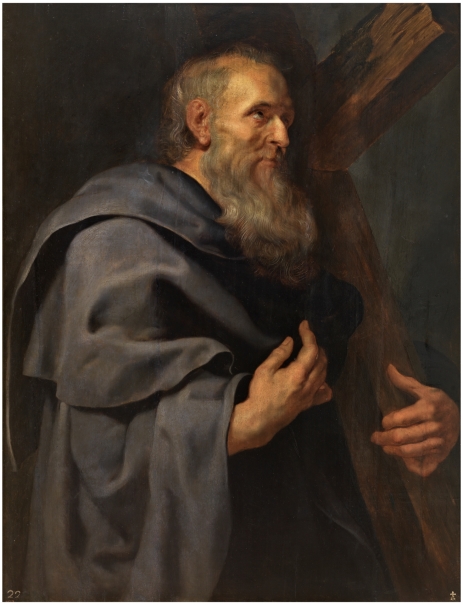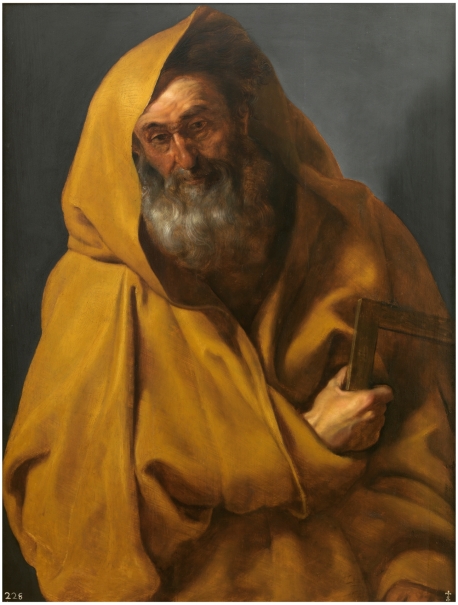Peter Paul Rubens (1577–1640) was the most admired painter of his day in Europe. His merits are undeniable: very few artists have succeeded in transmitting an optimistic vision of life as convincingly as he has, or have been as successful in bringing us closer to an ideal of human excellence. The values we find in Rubens’s paintings have much in common with the values of the ancient poets (he has often been compared to Homer): his art is a constant reminder of the heroic and dramatic aspects of life, and helps us broaden the scope of our emotions and delve more deeply into our feelings.
The main vehicle Rubens used to convey his ideas are the myths that sum up the wisdom of the Ancients regarding human behaviour and emotions. Drawing on his faith in the power of painted forms to influence the viewer’s mood, and on an emphatic rhetoric of gestures, Rubens recreated these myths with an extraordinary power of conviction: when viewing his art we often have the impression that the great questions of life were settled with him asan eyewitness. Rubens was a very productive artist (approximately 1,500 of his works still survive). He led a large workshop, and used his shrewd business sense to sell his pictures throughout Europe. He painted for the leading monarchies of the continent, and for the aristocracy, the church and the cultural and mercantile elites of the time.
He was also a draughtsman of fabulous talent, and he designed tapestries, sculptures, architectural projects and decorative schemes for public ceremonies. Apart from his artistic work, he was employed as a diplomat in the service of the Spanish Monarchy and was a keen connoisseur of classical culture. He was also an avid collector of pictures, sculptures and books, among other objects, and a genuine cosmopolitan who travelled extensively and expressed himself in several languages. For all of the above reasons, he was considered by his colleagues to be a model of both professional and social practice.
When discussing the collection of Rubens pictures in the Museo del Prado, as when discussing the painter himself, it is difficult to avoid superlatives. As a native of the southern Netherlands (now Belgium), Rubens enjoyed a special link with the Spanish royal family, who governed the region. The Infanta Isabel Clara Eugenia, daughter of Philip II, inherited from her father the rule of the Netherlands. From her court in Brussels she used the painter as an advisor, and supported his artistic and court careers to the extent of asking her nephew King Philip IV to knight him.
Rubens was the favourite painter of Philip IV, who commissioned from him dozens of pictures to decorate his palaces in Madrid. The King was also the largest purchaser of the works that remained in the artist’s studio after his death. This is the main reason why the Prado houses the largest existing collection of works by Rubens, comprised of some ninety paintings (the exact figure varies depending on whether or not a few attributions are accepted). But it is not only a question of figures: the fact that many of the Rubens pictures in the Prado were painted for the King, or for members of his circle, explains the superb quality of the collection. The Prado offers its visitors a unique opportunity to explore Rubens’s universe.
Alejandro Vergara, exhibition curator

